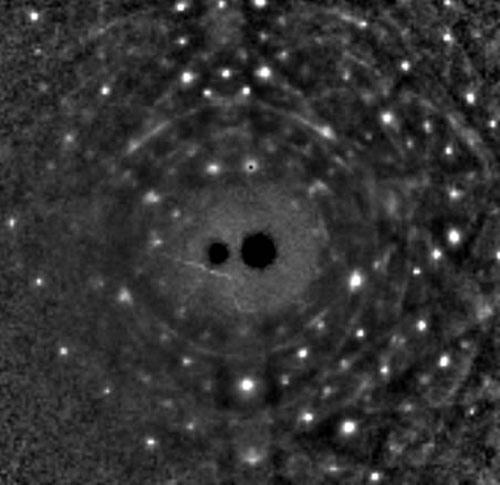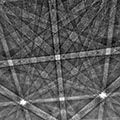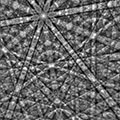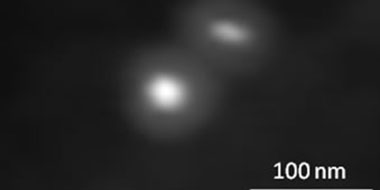Collaborative development of direct electron imaging detectors in the scanning electron microscope
The Universities of Strathclyde and Glasgow and the National Physical Laboratory are working together on the development of new energy filtering direct electron imaging detectors for use in the scanning electron microscope. The unique properties of our detectors will enable the investigation of the structural properties of materials with improved lateral and depth resolution, enabling, for example, the investigation of defects in single nanorods.
What's involved?
The scanning electron microscope produces images from materials on the nanoscale. An image is produced by rastering an electron beam over the sample surface and monitoring the resulting emitted, backscattered, transmitted and diffracted electrons, X-rays and/or light. If the sample is crystalline in nature, its crystalline properties may be mapped by capturing electron diffraction patterns produced by the material.



